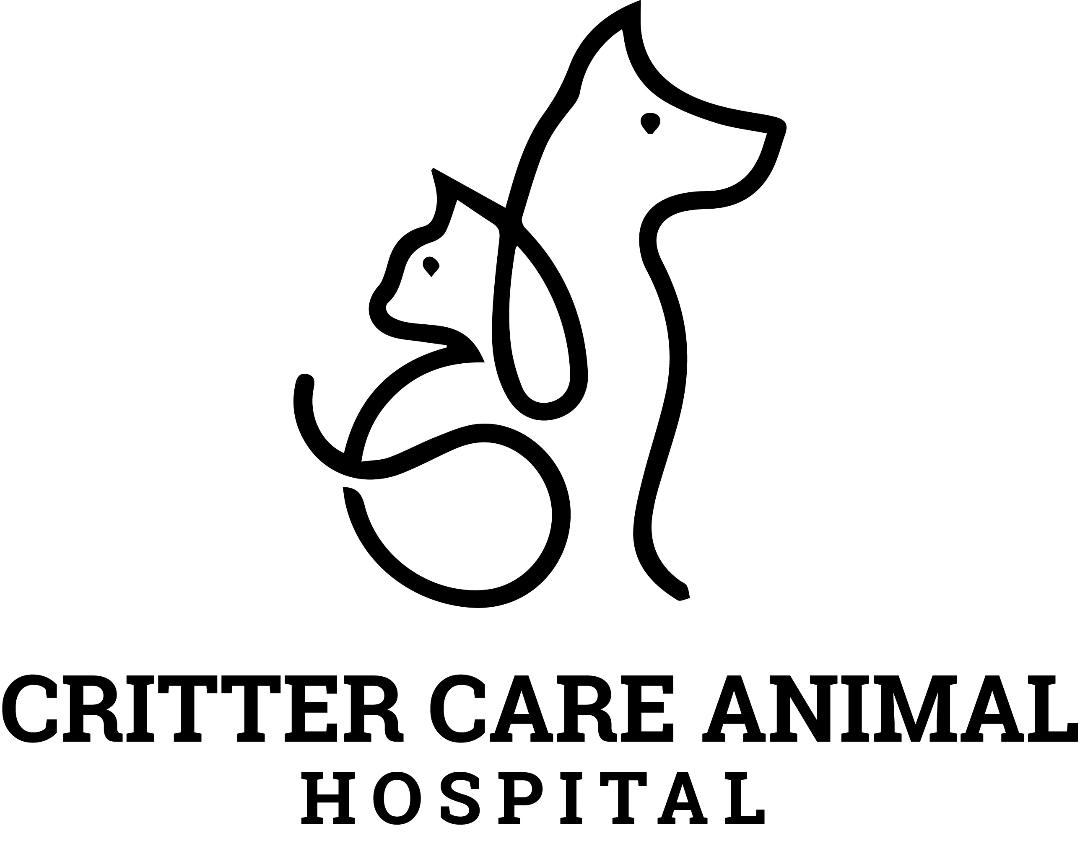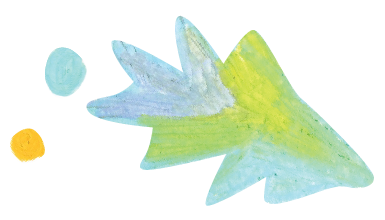Library
-
Anal Sac Disease in Cats
Los sacos anales son dos pequeñas bolsas localizadas a ambos lados del ano, aproximadamente en posición de las agujas del reloj marcando las 4 y las 8. Las paredes de los sacos anales contienen numerosas glándulas sebáceas (sudor) que producen un fluido con un olor muy desagradable para los humanos.
-
Heartworm Disease in Cats
El gusano del corazón es un parásito de la sangre llamado Dirofilaria immitis que reside en el corazón o en los grandes vasos sanguíneos de los animales infectados.
-
Feline Leukemia Virus Disease Complex
El virus de la leucemia felina (FeLV) es una de las enfermedades infecciosas virales más importantes en gatos. Cuando se describió por primera vez se identificó como una forma de leucemia, y de ahí su nombre. El FeLV provoca diferentes enfermedades, no solo la leucemia.
-
Dental Disease in Cats
Las enfermedad dental es uno de los problemas médicos que los veterinarios en la práctica diaria ven con más frecuencia. Aproximadamente dos tercios de los gatos de más de tres años presentan algún grado de enfermedad dental. Los problemas más comunes son debidos a enfermedad periodontal, gingivitis o lesiones del cuello cervical, también conocidas como de resorción dental.
-
Enilconazole is a topical wash/dip used to treat dermatophytosis (ring worm) in dogs and sometimes in cats. Side effects are uncommon, as it is well-tolerated, but may occur in cats.
-
Enoxaparin, also known as Low Molecular Weight Heparin or LMWH, is an anticoagulant (blood thinner) used to prevent or treat blood clots in cats, dogs, and horses. It may be used before surgery to prevent blood clot formation. It is used off label (extra label) in veterinary medicine. Enoxaparin comes in an injectable form given subcutaneously.
-
Many veterinarians, including nutritionists and behaviorists, believe it is important for dogs and cats to express their natural foraging and hunting behaviors. For pets living indoors, this can be difficult, and the lack of this stimulation can sometimes lead to behavior problems. Enriching a pet's environment with food toys and puzzles at mealtimes can fulfill the need to forage. The use of toys, puzzles and other novel methods of food delivery can also be effective ways to increase daily movement in overweight or inactive pets.
-
Enrofloxacin is an antibiotic given by mouth or in the muscle commonly used to treat bacterial infections in cats, dogs, and off label in small mammals, birds, and reptiles. Common side effects include vomiting, diarrhea, and lack of appetite. It should not be used in growing or dehydrated pets, or in cats with kidney disease. Use cautiously in pets with seizures, liver, or kidney disease. If a negative reaction occurs, please call your veterinary office.
-
Enrofloxacin + silver sulfadiazine otic is applied topically and is labeled to treat ear infections in dogs. It is also used off-label to treat ear infections in cats. Give as directed. Side effects are rare but may include temporary hearing loss or skin reactions. Do not use with pets allergic to quinolones or sulfonamides, with young animals, or with those with central nervous system disorders. If a negative reaction occurs, please call the veterinary office.
-
Enzymatic toothpaste (brand name C.E.T., others) is a product used at home by pet owners to aid in tooth brushing that minimizes plaque and tartar formation on the exterior of the tooth (the crown), and also assists in the maintenance of good oral hygiene. It can be used on both dogs and cats.

